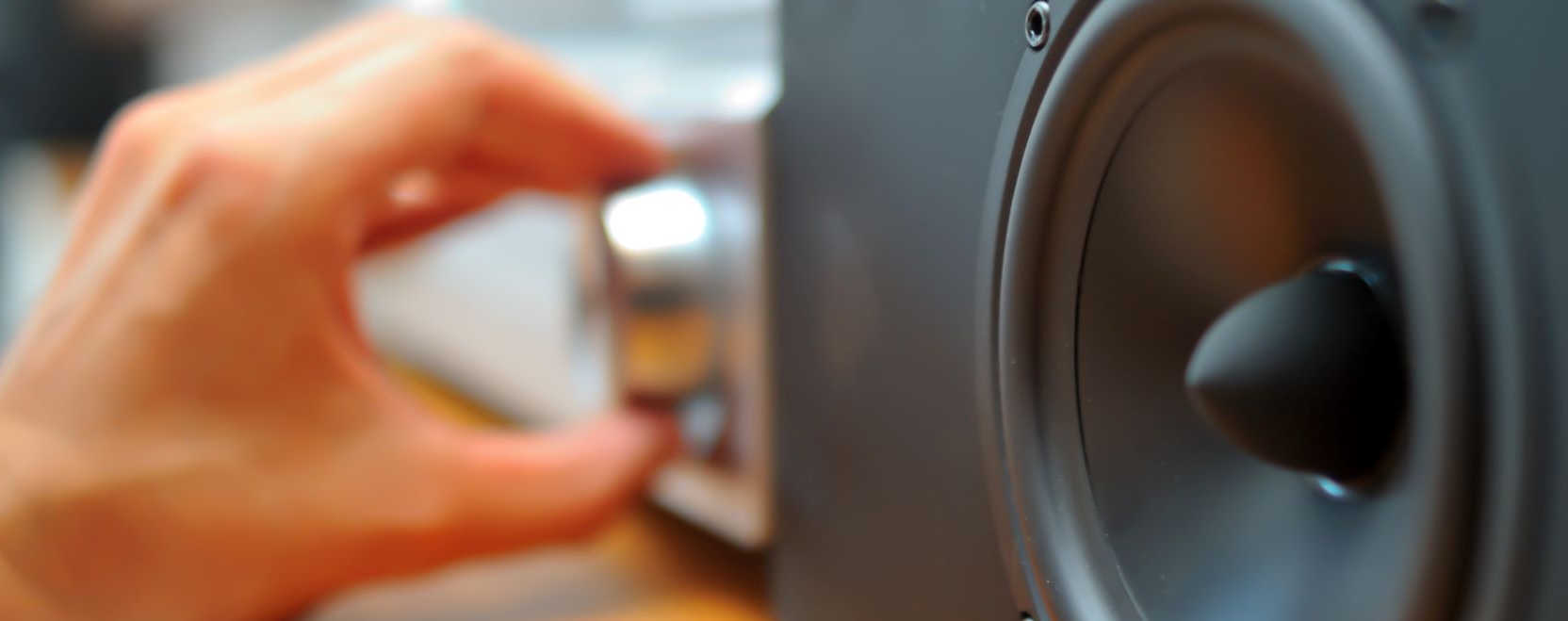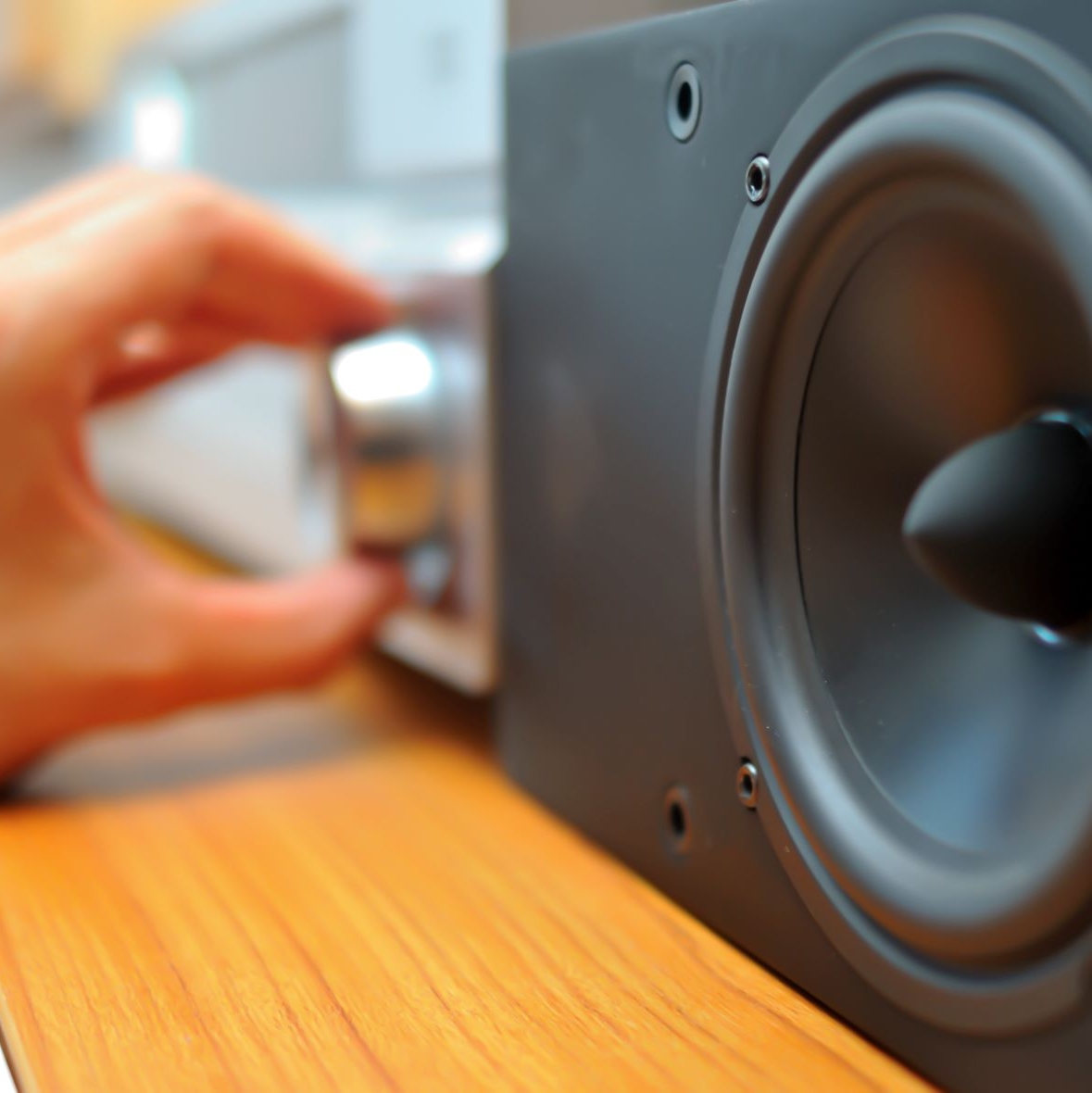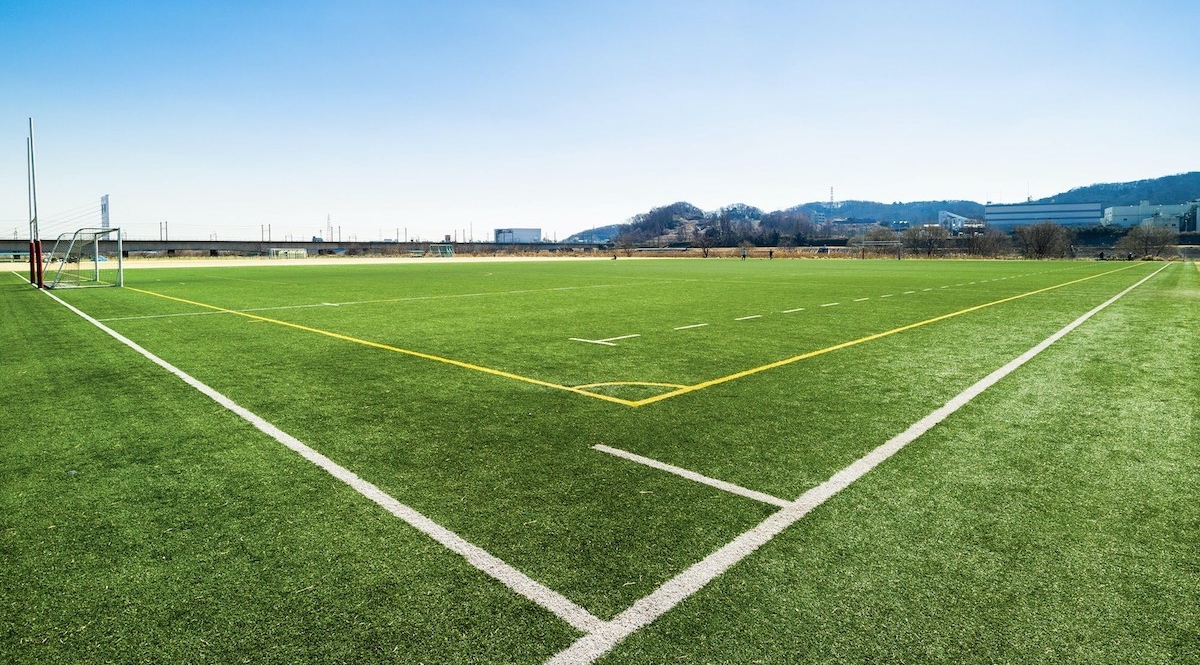
Too loud or too quiet? Simply use the sound pressure level as a guide
On the data sheets of speakers you will often find information on the sound pressure level. Find out here what this value means exactly and how it can be of use to you.
The sound pressure level indicates how loud a speaker can be
The sound pressure level is sometimes also called sensitivity. On the data sheet of a speaker you will find, for example, the specification 86 dB/W/m. This specification means that the volume at a distance of 1 metre from the speaker and a power input of 1 watt is 86 decibels. The underlying power of 1 watt and the distance of 1 metre are standardised assumptions.
At first glance, these specifications seem somewhat sober and lacking in practical relevance. However, they allow for a good comparability among different speaker models.
Not only the level, but also its amplification is important
Since the speaker itself does not produce sound, it requires an amplifier. And the amplifier is the key factor in the interaction with the sound pressure level. Imagine you already have an amplifier with a specific power. Now it is important that the speaker matches your amplifier. To find out if it is a match, you also take the specification of the sound pressure level into consideration.
The lower the sound pressure level, the quieter the speaker
You just have to keep in mind:
- Amplifier + low sound pressure level: the sound of the speaker is quiet
- Amplifier + high sound pressure level: the sound of the speaker is louder
Let's assume you are standing in front of several speaker systems that are all operated with the same amplifier power, but have different volume levels. Then you probably choose the speaker that does not seem 'feeble' to you, but has a 'richer' or louder sound. That is the one with the higher sound pressure.
However, whether a speaker is loud or quiet has no influence on the sound quality, as the quality depends more on the speaker's frequency response. The frequency response shows how consistently a speaker reproduces the entire range from very high to very low frequencies.
What happens if you increase the amplifier output power or enlarge the distance?
If the amplifier output power is increased by more than 1 watt for the speaker, the output of the speaker increases.
- Doubling the amplifier output power: the output level increases by 3 dB.
- Using a 10 W amplifier: the output level increases by 10 dB.
- Using a 100 W amplifier: the output level increases by 20 dB.
- Using a 1000 W amplifier: the output level increases by 30 dB.
Example 1: You operate a speaker with a sound pressure level of 87 dB (i.e. at 1 W at 1 m) with a 10 W amplifier. Then the maximum sound level measured at a distance of 1 metre is 97 dB (87+10).
Example 2: If you stand 1 metre away from a speaker with a sound pressure level of 87 dB, you will hear a level of 87 dB if you operate the speaker with 1 watt power. If you double the amplifier power, you increase the amplification by 3 dB. The speaker will now produce 90 dB. If you double the amplifier power again (to 4 W), the output increases by another 3 dB to 93 dB.
Example 3: Instead of assuming a distance of 1 metre with a sound pressure level of 87 dB and a power of 1 watt, you are at a distance of 2 metres from the speaker and hear only 81 dB anymore. At 5 m only 73 dB. At 10 m, 67 dB.
Keep in mind, if the level is increased by just 10 dB, you will already perceive the volume as twice as loud. Even a difference of 3 dB is audible
Is a high sound pressure level always good?
Not automatically. You should select the sound pressure level and amplifier so that your amplifier is not constantly operating at its full capacity. On the one hand, this can cause unpleasant distortions, on the other hand, it is also dangerous. This is because the speaker transforms the majority of the supplied power into heat. If the speaker is running at its limit all the time, it can break down.
It is better to choose a speaker with a higher sound pressure level for your amplifier.
This way you can operate the amplifier without worries with less power, but still achieve the desired volume and do not damage your speaker.
What else influences the required volume?
Besides the sound pressure level of the speaker and the power of your amplifier, it also depends on:
- what kind of room or area you want to provide with a PA application,
- which equipment you choose or have at your disposal for this purpose.
The sound pressure level can be a helpful guide when considering these topics, because you can select it in such a way that it fits the spatial and acoustic conditions.
Are you interested in more audio know-how? Feel free to browse our magazine for installers, planners and audio enthusiasts.
Bildquelle Headergraphik: © Salvatore Pandolfi - Adobe Stock



